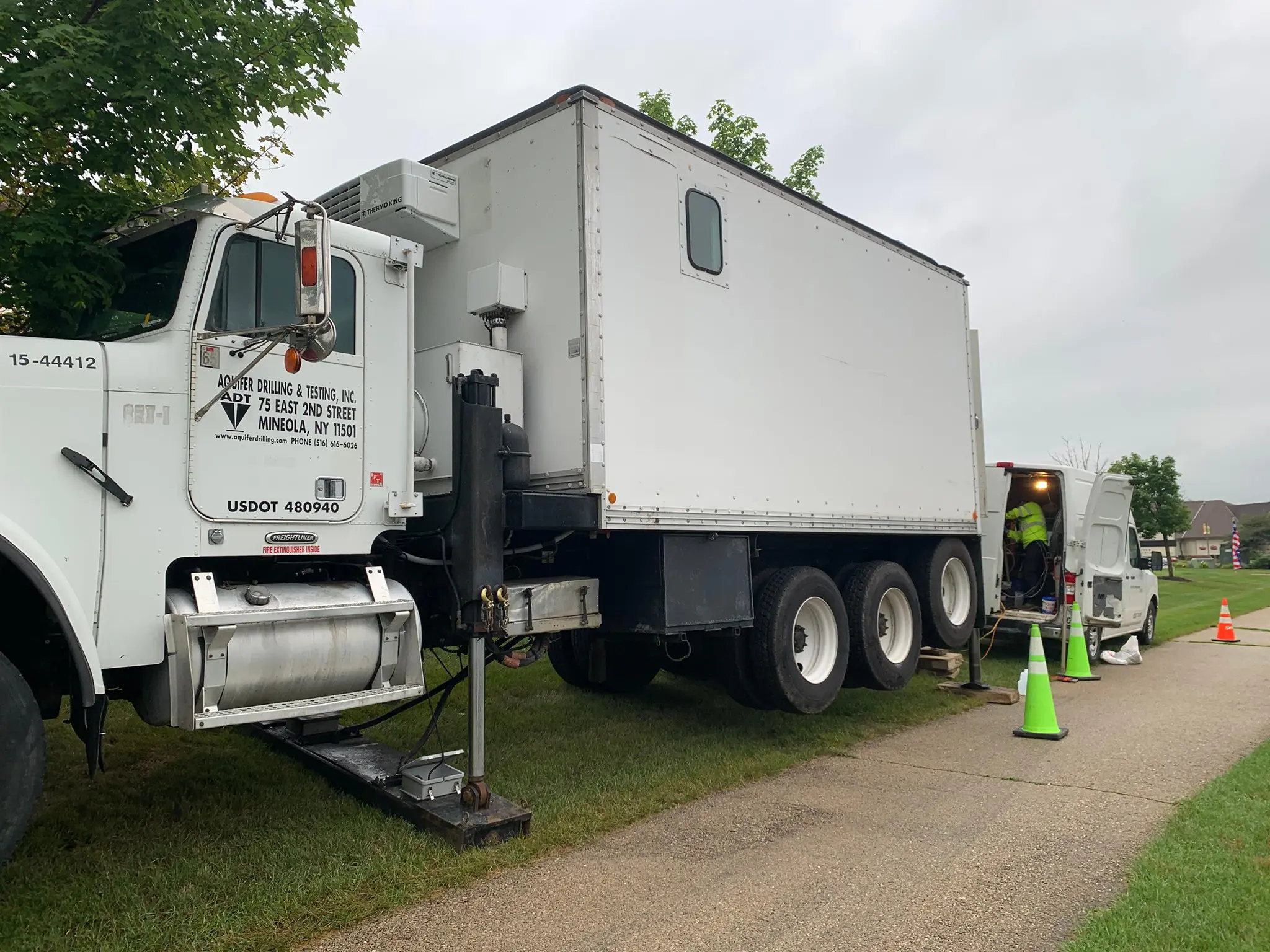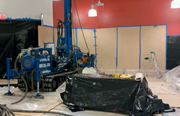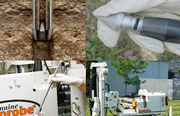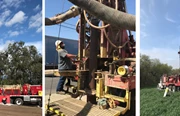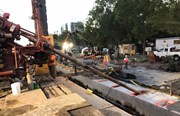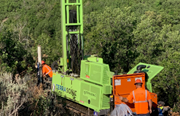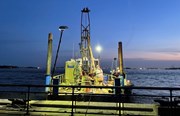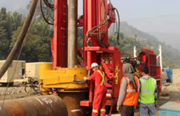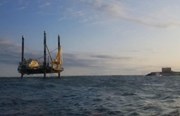5 Things You Need to Know Before Starting Your Offshore Wind Farm Drilling Project
By: Matt FicetoAlthough wind farms are nothing new in the United States, building them offshore is, and many consultants are getting their feet wet for the first time on these projects. That means there are fewer understood best practices, even though offshore drilling and construction is more complex and highly regulated.
In this blog post, I’ll cover five things you will want to understand before you take on an offshore wind farm project.
Developer Specifications
While it might seem obvious that you’ll need to get a clear and detailed understanding from the client about what the project entails, you’d be surprised how often developers can be vague about their expectations.
When details are not hammered out early on, your contractors may try to define an accurate scope for their drilling methodologies and safety requirements. Although they want to support you, this is not an efficient use of their time and can cause costly delays.
Once you feel you have detailed specifications from the developer, share them with your drilling contractor and ask if there are areas that still do not seem clear. It is always best to get everything ironed out before crews and equipment are mobilized, especially offshore.
Permitting
Offshore wind farm projects may be subject to multiple governing bodies and authorities, so every one will require a different set of approvals and permits. However, there are a few that you should always check in with first to get started on proper permitting:
- U.S. Army Corps
- State departments of environmental conservation/protection (DEC/DEP)
- U.S. Bureau of Oceanic Management
It’s important to investigate the relevant local and federal governing bodies related to offshore drilling and construction and learn their requirements up front. As with any project, you don’t want to learn at the last minute of a permitting issue that will hold up the schedule.
Boat Inspections
Although the goal of your drilling program is to drill, one of the largest components of this project is actually the fact that it’s over water. You’ll want to be sure you know up front what boat inspections are required by the developer and any other relevant authorities such as the U.S. Coast Guard, which may require you to register with the Offshore Vessel Inspection Database (OVID).
Every developer will have similar but different standards for boat inspections and requirements. This is when you’ll want to “play dentist” and extract every bit of information from them that you can before providing information to your contractors. They’ll use your feedback to select and equip the boat, so it’s important to make sure they have all the relevant details.
Utility Coordination
Coordinating with other utility companies is one of the most important parts of an offshore wind farm project. In nearly all cases, transoceanic lines and other critical utilities make landfall around the same coastal hubs—which means that your drilling contractors will likely need to work in close proximity to them.
The first step is always to make the 811 request. You’ll be put in touch with the other utility companies so you can begin addressing their concerns and working through any questions about how the work will be conducted. Your drilling contractor will not be able to move forward with this portion of the work until there is approval from all involved stakeholders, so it’s critical to begin the process early in order to avoid delays.
Crew Logistics
Unlike an on-land drilling project, there’s no Best Western around the corner your crew can stay in. Before the project begins, you need to determine if this will be a live-on operation or if you will be transferring personnel on a daily basis to shore.
Getting people to and from the boat is one of the more dangerous and costly aspects of an over water drilling project, and the ideal solution is to avoid it when possible. But in order for the crew to live on the boat for the duration of the project, you need to factor in some logistics:
- Will your drilling contractor and their crew agree to a live-aboard arrangement?
- Does your permit allow for the crew to be on the boat full-time?
- What arrangements/requirements are involved (such as food, sleeping quarters, medical professional, etc.)?
There’s a lot that goes into planning an offshore wind farm project, and working with experienced contractors can go a long way toward getting the details right. However, the more you can anticipate potential challenges and obstacles that can cause delays and cost overruns, the better prepared you are to avoid them. Hopefully, this blog post has given you a good foundation about where to begin.
If you have an upcoming wind farm or over water drilling project and want to chat, let us know. You can email me or request a quote.
ABOUT THE AUTHOR
Matt Ficeto
Project Manager
[email protected]
Matt Ficeto is a Project Manager at Aquifer Drilling & Testing, a Cascade Company. He’s worked in the drilling industry for nine years and specializes in geotechnical work. In recent years, Matt has focused on projects occurring near and over water, and provides his expertise about technical, logistical and regulatory issues to clients up and down the eastern seaboard and beyond.




